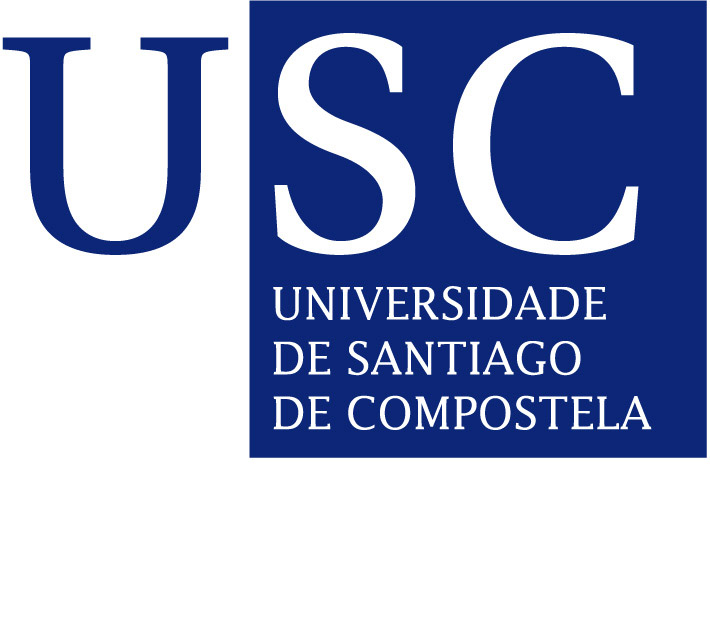Lecture: 'Translational Research: Curiosity Driven Basic Research meets Public Health Challenges'

Veronica I. Dodero
CiQUS Seminar room
12:15
The concept of translational research emerges as a powerful driving force of basic research with emphasis in obtaining fundamental knowledge with meaningful clinical applications. In the past years, I started a translational chemistry research program to shed light into a complex immunological group of disorders trigger by gluten [1]. Gluten- related disorders are the most common food intolerances in Western societies, affecting around 1-7% of the general population [2]. The strength of our approach is the efficient interrelationship among the main disciplines of chemistry, biology, and physics. By this strategy, we provided an integral and novel understanding of the behaviour of the pathological molecules and we proposed a new pathogenic concept [1].
Gluten is a complex protein matrix present in wheat, rye, barley and some varieties of oats. In wheat, gliadin is the protein associated with gluten-related disorders [1, 2]. The gliadin protein is not fully degraded by humans producing an immunodominant fragment of 33 amino acid (33-mer) that triggers an adaptive immune responses in susceptible individuals. The cause and the early events that lead to the loss of its tolerance are not understood. However, it is accepted that human intestinal tissue transglutaminase transforms three specific glutamines (Q) of 33-mer to glutamic acids
(E) obtaining a most immunoreactive metabolic peptide, named 33-mer (E).
Recently, we revealed that the 33-mer oligomerizes under physiological conditions forming different size oligomers and fibril-like structures [3]. During the self-assembly process, a structural transition towards the characteristic amyloid β parallel structure occurs [4]. Based on the structural and morphological similarities with amyloid aggregation, we moved from chemistry and biophysics to immunological research, reporting that only large structures of 33-mer induce an innate immune response in macrophages mediated by human Toll-like receptor 4 (TLR4) [5]. Oligomerization and structural transformation with activation of the innate immune system are hallmarks of diseases named as amyloidoses. Our findings are challenging and relevant, and they open a new research scenario in the context of gluten-related disorders, and human health. Here, I will present insights into the supramolecular behavior of gliadin, its pathological fragments in vitro and the cellular environment.
About
Veronica I. Dodero is a chemist who works in the triple point where chemistry, biology, and physics meet. At Bielefeld University, Germany, she is leading an international transdisciplinary project to shed light on gluten-related disorders at a fundamental level with the final aim to transfer this knowledge from the bench to the bedside, the so-called translational approach.
Dr. Dodero performed her thesis at University Nacional del Sur (UNS, Argentina) and the University of Dortmund (Germany) in Organometallic Chemistry. For her doctoral studies, she was obtained the Aaron and Fanny Fidelef Nijamkim’s Award for the Best 2003 Ph.D. student in Chemistry. After that, she got a postdoctoral position at University of Santiago de Compostela (Spain) in the area of Chemical Biology and a second one in the field of Medicinal Chemistry at the University Complutense of Madrid. Back in Argentina, she was appointed for her first independent research as a CONICET Researcher, and she obtained the Professorship position in Organic Chemistry at UNS. As a group leader, she worked in the area of molecular recognition and supramolecular chemistry in the water environment. In 2015, she was awarded the Georg Forster Fellowship of the Alexander von Humboldt Foundation for experienced researchers at Bielefeld University. During her successful research project on the supramolecular behavior of gliadin and its fragments, she conceived a novel hypothesis in the area of gluten-related disorders. She showed that gliadin peptides’ folding and self- organization have a pathological role, proposing that gluten-related disorders might be a new protein aggregation disease.


